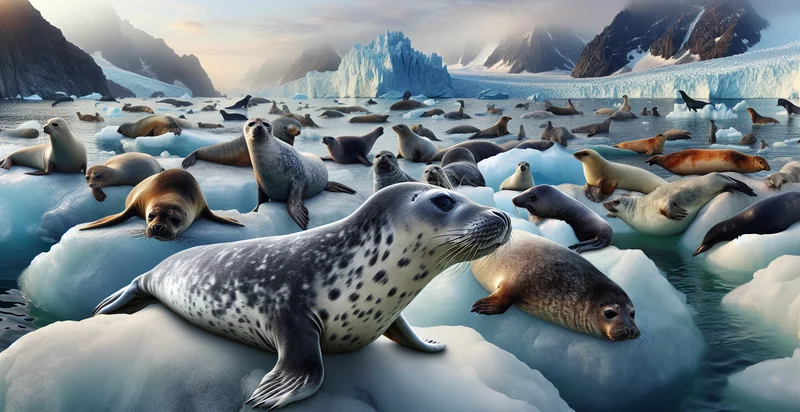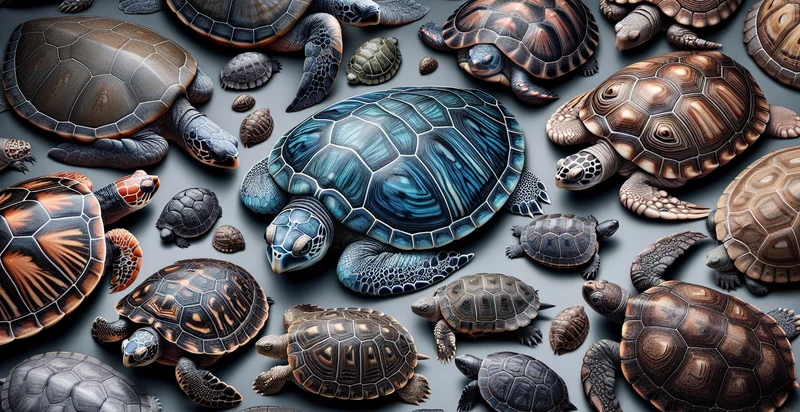Identify seal species
using AI
Below is a free classifier to identify seal species. Just upload your image, and our AI will predict which seal species it is - in just seconds.

Contact us for API access
Or, use Nyckel to build highly-accurate custom classifiers in just minutes. No PhD required.
Get started
import nyckel
credentials = nyckel.Credentials("YOUR_CLIENT_ID", "YOUR_CLIENT_SECRET")
nyckel.invoke("seal-species-identifier", "your_image_url", credentials)
fetch('https://www.nyckel.com/v1/functions/seal-species-identifier/invoke', {
method: 'POST',
headers: {
'Authorization': 'Bearer ' + 'YOUR_BEARER_TOKEN',
'Content-Type': 'application/json',
},
body: JSON.stringify(
{"data": "your_image_url"}
)
})
.then(response => response.json())
.then(data => console.log(data));
curl -X POST \
-H "Content-Type: application/json" \
-H "Authorization: Bearer YOUR_BEARER_TOKEN" \
-d '{"data": "your_image_url"}' \
https://www.nyckel.com/v1/functions/seal-species-identifier/invoke
How this classifier works
To start, upload your image. Our AI tool will then predict which seal species it is.
This pretrained image model uses a Nyckel-created dataset and has 18 labels, including Harbor Seal and Gray Seal.
We'll also show a confidence score (the higher the number, the more confident the AI model is around which seal species it is).
Whether you're just curious or building seal species detection into your application, we hope our classifier proves helpful.
Related Classifiers
Need to identify seal species at scale?
Get API or Zapier access to this classifier for free. It's perfect for:
- Wildlife Conservation: Conservation organizations can use this function to monitor and track the diversity and population of seal species in a specific area, revealing any significant changes over time that could indicate environmental issues.
- Fishery Management: As seals are important components of marine ecosystems, fisheries can use the function to monitor the abundance and variety of seal species in their fishing grounds, and adjust their strategies accordingly, contributing to sustainable management.
- Animal Health Monitoring: Veterinary and animal health organizations can use this function to diagnose diseases specific to certain seal species, allowing them to manage and monitor outbreaks better and provide targeted care.
- Zoological Research: Research institutions studying marine life can use this function to identify and study specific traits, behaviors, and characteristics of various seal species, improving our scientific knowledge about these creatures.
- Eco-tourism Enhancement: Companies in the eco-tourism sector can use this function to accurately identify seal species for tourists during sightseeing tours, enhancing their customers' experience and knowledge.
- Aquarium Management: Aquariums can use this function to accurately identify seal species they possess or intend to exhibit, helping them to provide the right habitat conditions, diet, and care to peculiar species.
- Wildlife Photography Cataloging: Professional photographers and agencies specializing in wildlife photography can use this function to categorize and catalog their photographs by seal species, improving their database management and enhancing their ability to provide specific images to clients.


